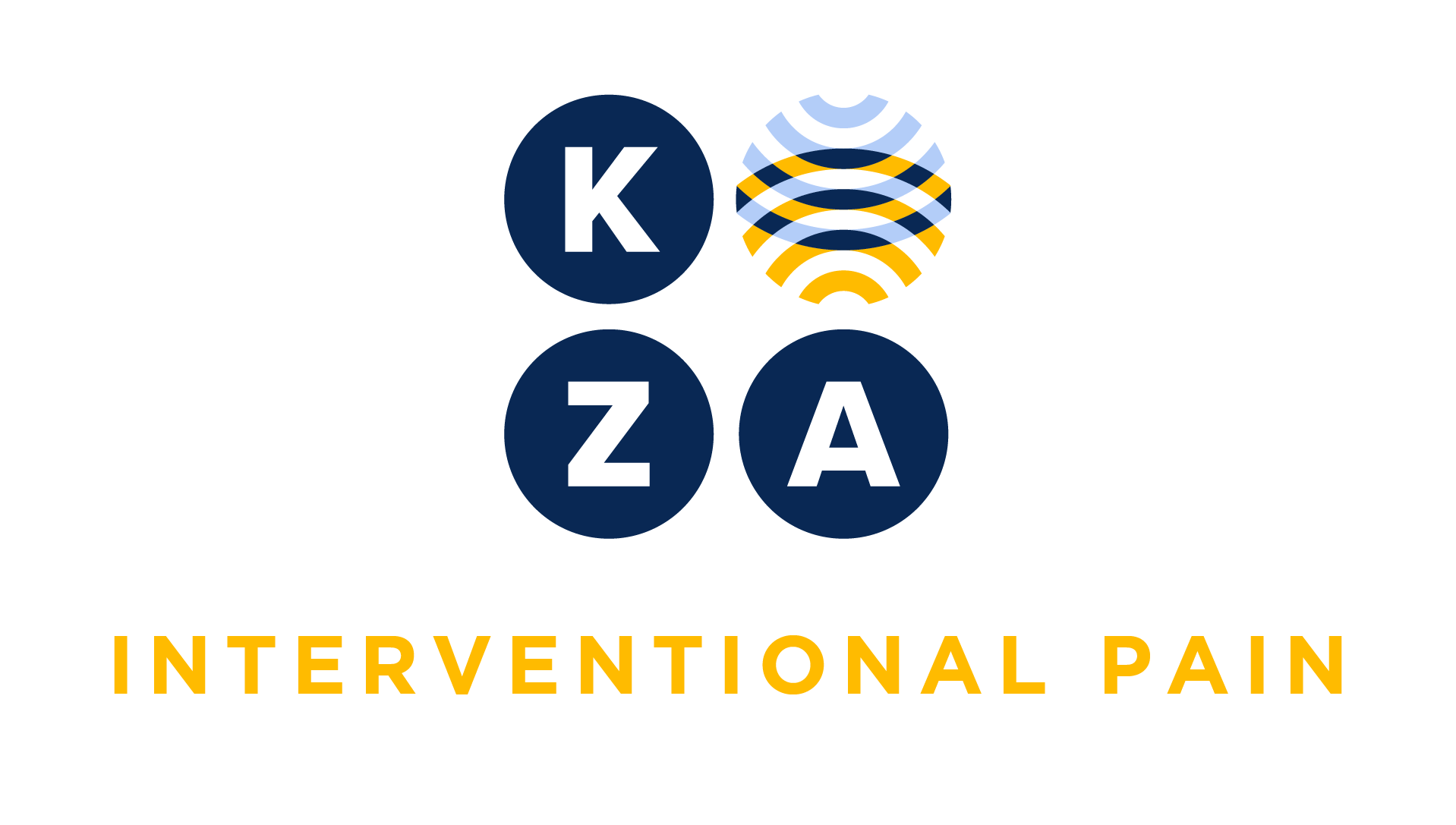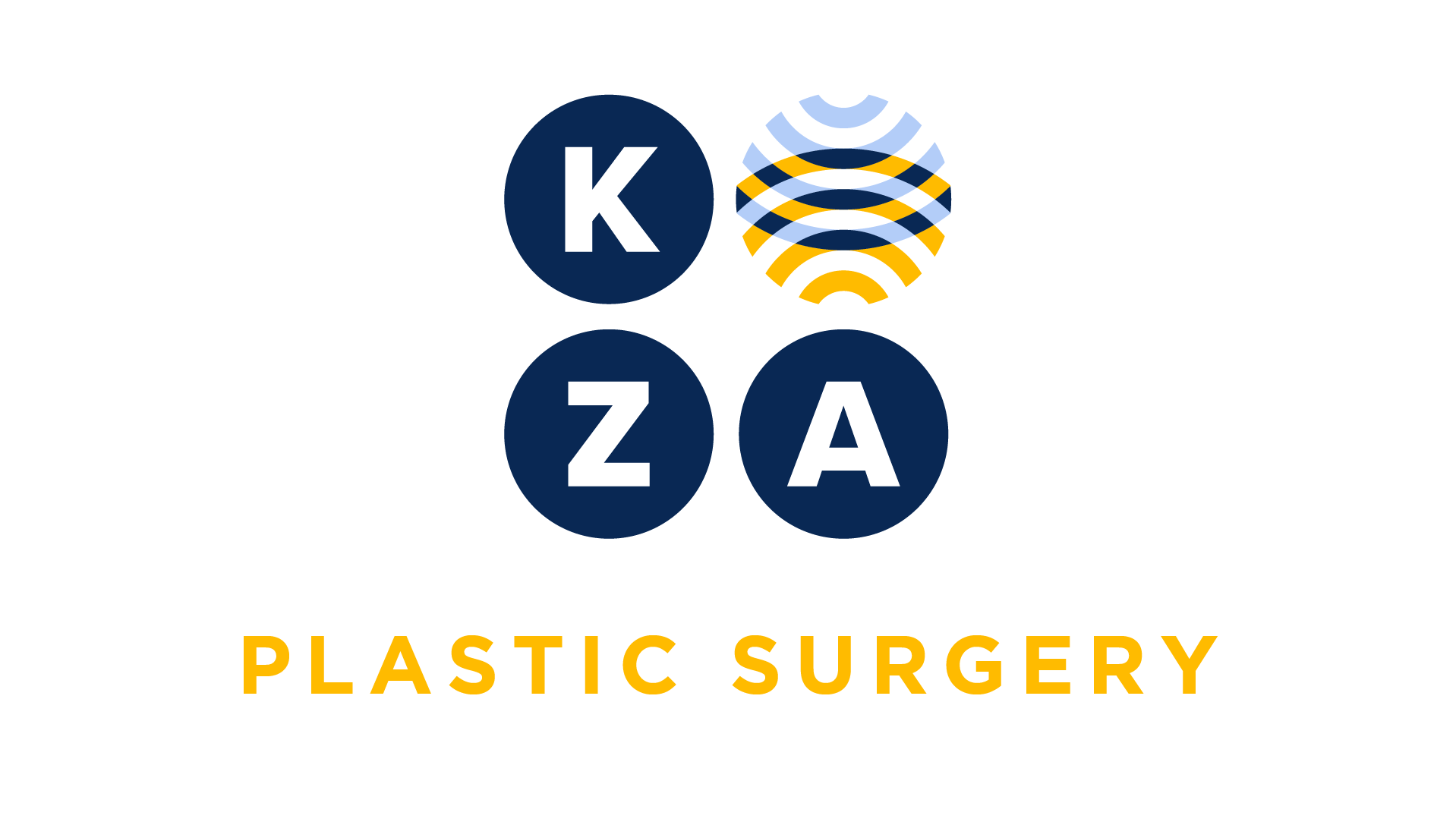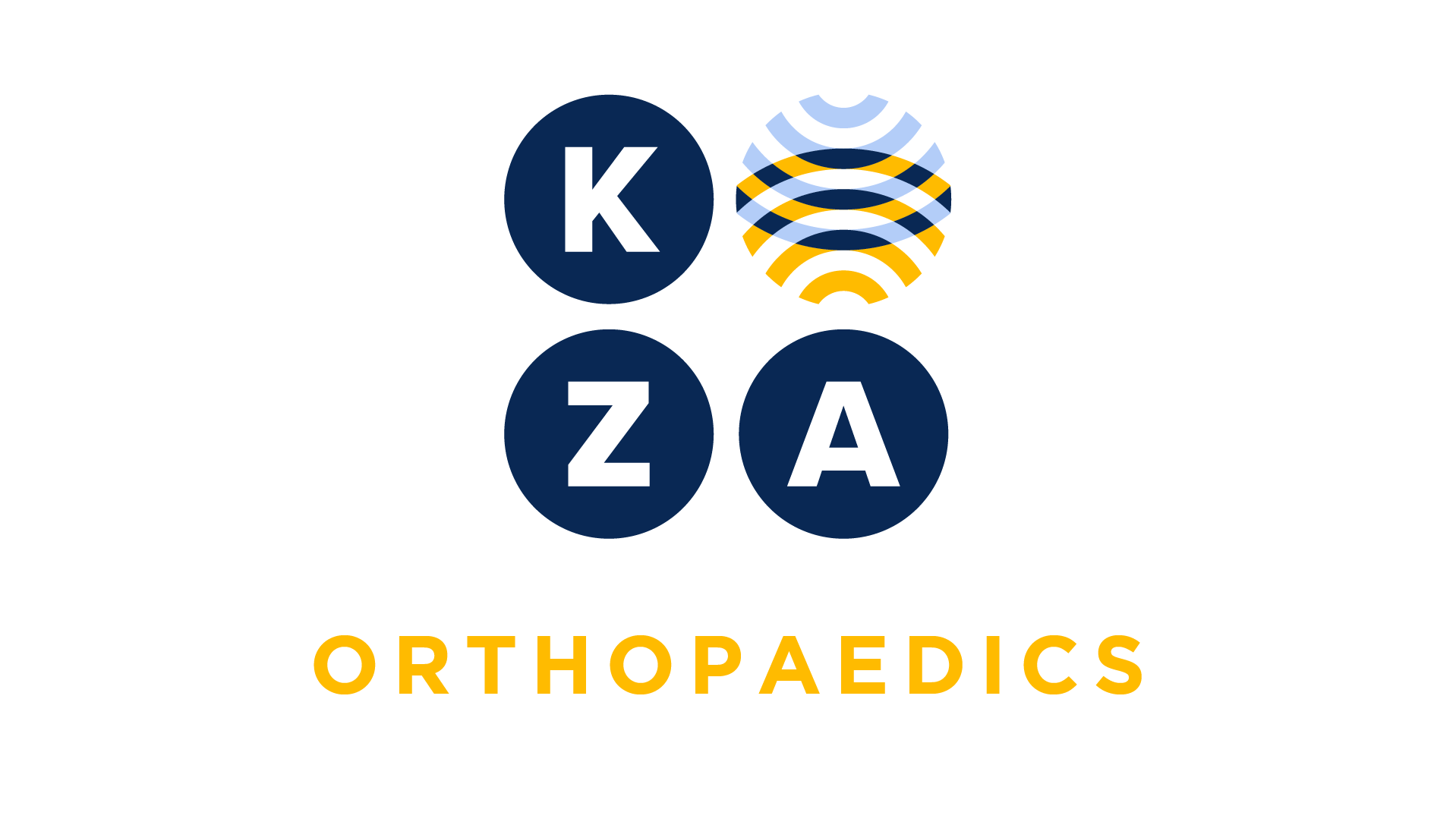
Choose your specialty from the list below to see how our experts have tackled a wide range of client questions.
Looking for something specific? Utilize our search feature by typing in a key word!
Shared Visits in the Hospital for Medicare
I have a question regarding 2023 shared visit rules. I am reviewing an E&M note where I will select the level of E&M based on the MDM being the substantive part and not time. My question: does each provider have to document their individual time if not a factor in the level of E&M I recommend?
Question:
I have a question regarding 2023 shared visit rules. I am reviewing an E&M note where I will select the level of E&M based on the MDM being the substantive part and not time. My question: does each provider have to document their individual time if not a factor in the level of E&M I recommend?
Answer:
No, the documentation of time is not required if Time will not be a determining factor in E&M code selection.
CMS has delayed the implementation of Time as driver for defining the substantive part of the shared encounter until January 2024.
The following excerpt is from the Final Rule published in November 2022.
Page 212:
“After consideration of public feedback, we proposed to delay implementation of our definition of the substantive portion as more than half of the total time until January 1, 2024. We continued to believe it is appropriate to define the substantive portion of a split (or shared) service as more than half of the total time, and proposed that this policy will be effective beginning January 1, 2024….”
You may consider working with your providers to start documenting time should CMS move forward with a final implementation of Time as the driver of substantive time in 2024. This would allow them to become familiar with including this in their notes, while informational at this time, if the code is to be selected on the MDM and not time.
Time
Our physician is coding by time; he thinks this is the best for him. Frequently with a new patient he will also do an injection. He documents his total time for the day but does not document the amount of time performing a minor procedure (billable). There is no documentation of the time spent preparing for or performing the minor procedure. May we still report a service based on time?
Question:
Our physician is coding by time; he thinks this is the best for him. Frequently with a new patient he will also do an injection. He documents his total time for the day but does not document the amount of time performing a minor procedure (billable). There is no documentation of the time spent preparing for or performing the minor procedure. May we still report a service based on time?
Answer:
CPT states “Time” may be selected based on the total amount of time spent on the date of encounter, excluding time spent for services that are defined by a separately reportable CPT code. This means that the total time must exclude the amount of time spent related to the minor procedure. If not documented, KZA recommends asking the physician to amend the note if possible (attesting that the time is accurate to the best of their knowledge) or reporting the service based on MDM.
Diagnosis Coding Excludes 1 Codes
Our physicians list their diagnosis codes in the Assessment section of their notes. They link the diagnosis codes to the charges in our EHR. We receive a claims submission edit stating the two diagnosis codes may not be reported together. We review the rules and find the codes have an “Excludes 1” relationship. Our question is, should we remove the diagnosis code that is listed as the “Excludes 1” from the Assessment section of the note when correcting the claim based on the guidelines.
Question:
Our physicians list their diagnosis codes in the Assessment section of their notes. They link the diagnosis codes to the charges in our EHR. We receive a claims submission edit stating the two diagnosis codes may not be reported together. We review the rules and find the codes have an “Excludes 1” relationship. Our question is, should we remove the diagnosis code that is listed as the “Excludes 1” from the Assessment section of the note when correcting the claim based on the guidelines.
Answer:
No. Great news to hear you are reviewing your claims edit reports timely. The “Excludes 1” is an ICD-10 coding guideline or a coding rule. Think of this like an NCCI edit; when CMS has an edit between 2 CPT codes, we do not change the documentation in the operative note, for example, we report the most comprehensive of the 2 CPT codes. The “Excludes 1” guideline is a similar concept—we do not change the documentation; we report the most comprehensive diagnosis code.
*This response is based on the best information available as of 11/16/23.
Established Patient Encounter: Is Modifier 25 Supported?
An established patient presents to the office for return of knee pain six months after the last injection to the same knee. The patient relates no new injury and states that over the past few weeks, the pain has become unbearable. The physician evaluates the patient and decides to reinject the same knee. Does this meet the modifier 25 definition since the physician re-evaluates the patient?
Question:
An established patient presents to the office for return of knee pain six months after the last injection to the same knee. The patient relates no new injury and states that over the past few weeks, the pain has become unbearable. The physician evaluates the patient and decides to reinject the same knee. Does this meet the modifier 25 definition since the physician re-evaluates the patient?
Answer:
To report an E&M, the E&M must be the significant separate stand-alone service from the injection. In the scenario presented, the physician evaluated the knee in a prior encounter, and gave an injection that provided relief for about six months. There are no other complaints shared, no new injuries and no additional diagnostic tests, and the physician offers the same management option.
In this case, KZA does not recommend reporting an E&M with a modifier 25; the significant separate service rules are not met. Report the injection and medication administered.
Date of Service
We are in an academic setting. Our residents will see a patient, for example, at 11 pm on Tuesday. Wednesday morning, our attending physician evaluates the patient, documents his/her findings, documents the required attestation, and enters an E&M into the EHR. The date of service is the date the encounter was created by the resident on Tuesday. Do you bill the E&M with the Tuesday date of service or the Wednesday date when the attending physician saw the patient?
Question:
We are in an academic setting. Our residents will see a patient, for example, at 11 pm on Tuesday. Wednesday morning, our attending physician evaluates the patient, documents his/her findings, documents the required attestation, and enters an E&M into the EHR. The date of service is the date the encounter was created by the resident on Tuesday. Do you bill the E&M with the Tuesday date of service or the Wednesday date when the attending physician saw the patient?
Answer:
The correct date of service is the actual date of service when the attending physician saw the patient. In this case, it will be Wednesday even if the attending physician links the note to the resident note from the previous date.
*This response is based on the best information available as of 11/16/23.
Coding Percutaneous Rods and Screws: Part 3
If percutaneous rods and screws are placed without a parent or primary code, for example as a staged procedure a different day after an ALIF or as the sole treatment for a vertebral fracture. I understand an unlisted code (22899,Unlisted procedure, spine) must be reported. What should be used as a comparative code to set the fee. The instrumentation codes, +22840, etc?
Question:
If percutaneous rods and screws are placed without a parent or primary code, for example as a staged procedure a different day after an ALIF or as the sole treatment for a vertebral fracture. I understand an unlisted code (22899,Unlisted procedure, spine) must be reported. What should be used as a comparative code to set the fee. The instrumentation codes, +22840, etc?
Answer:
Yes, use the appropriate posterior instrumentation code as the comparative code but double your fee/charge. As add-on codes, the posterior instrumentation codes are valued only for intraoperative work as they are expected to be reported with a parent /primary code. Double your fee/charge to account for this additional work not included in the instrumentation add-on code.
*This response is based on the best information available as of 11/2/23.






